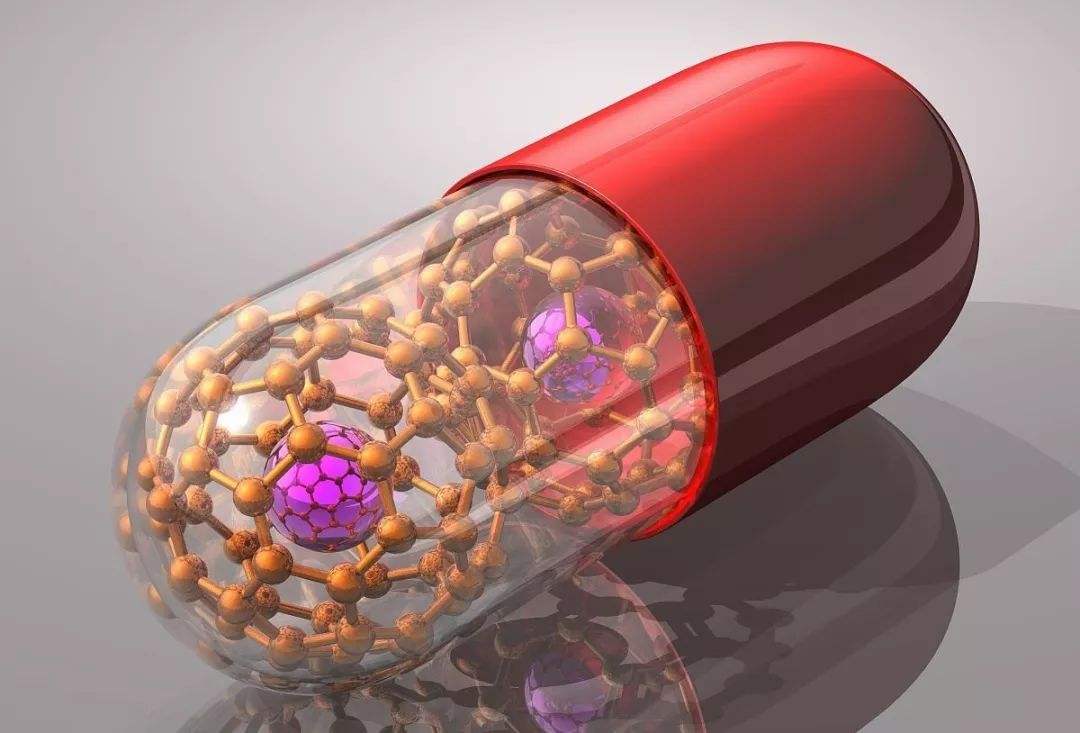Targeted drugs refer to drugs or their preparations that are endowed with targeting ability. The purpose is to enable the drug or its carrier to target specific lesions and accumulate or release active ingredients at the target site.
For common drugs, usually only a very small part can actually act on the diseased part after entering the body. This is the root cause of restricting the efficacy of drugs and leading to toxic and side effects of drugs. It is a human dream and the ultimate goal of drug development to obtain drugs with precise targeting capabilities like missiles.
Targeted drugs refer to drugs or their preparations that are endowed with targeting ability. The purpose is to enable the drug or its carrier to target specific lesions and accumulate or release active ingredients at the target site. Targeted preparations can form a relatively high concentration of drugs in the target local area, thereby improving drug efficacy while inhibiting toxic side effects and reducing damage to normal tissues and cells.
Drug targeting hierarchy:
Depending on the target, drug targeting can be divided into several levels:
Tissue level
The drug selectively accumulates in tumor tissue, inflammation sites, or specific organs such as the heart, liver, spleen, and lung, thereby reducing systemic adverse reactions. At present, targeted chemotherapy drugs for tumor tissue are a major research hotspot. For example, targeted drugs designed for specific environments such as tumor hypoxia, low pH, and dense neovascularization can increase the drug concentration in tumor tissue and significantly improve the effect of tumor chemotherapy. Effect.
Cellular level
Using some specific receptors on the surface of diseased cells, the ligands (such as antibodies, polypeptides, sugar chains, nucleic acid aptamers, or other small molecules, etc.) that specifically bind to the receptors are modified on the surface of the drug or its carrier, so that the The drug can precisely target the diseased cells and kill them, but does not produce obvious toxic effects on normal cells.
Subcellular level
Many drugs (such as nucleic acid drugs, most protein drugs, and some small-molecule drugs) need to enter the interior of cells, or function in specific organelles (such as mitochondria, nucleus). Penetrating peptides, nuclear localization sequences, etc. are currently more researched targeting components.
Drug targeting mechanism:
According to the different targeting mechanisms, drug targeting can be divided into passive targeting, active targeting, physical targeting and other categories:
Passive targeting
Passive targeting preparations refer to the use of the physiological structure characteristics of specific tissues and organs to enable drugs to produce natural distribution differences in the body, so as to achieve targeting effects. Passive targeting mostly depends on the size effect of the drug or its carrier: for example, particles larger than 7 μm are usually retained by small capillaries in the lungs by mechanical filtration, and taken up by monocytes into lung tissue or alveolar air bubbles; particles larger than 200 nm It is easily phagocytosed by the reticuloendothelial system of the spleen and liver. The most well-known passive targeting is the EPR effect (Enhanced Permeability and Retention effect), which is based on the difference in the microvascular structure between solid tumors and normal tissues: normal microvascular endothelial space is dense and structurally intact, and macromolecules and large-sized particles are not easy to penetrate blood vessels. However, in solid tumor tissue, there are many new blood vessels, wide vascular wall space, poor structural integrity, and lack of lymphatic drainage. This difference makes it easier for macromolecular drugs or particulate matter with a diameter of 100nm to accumulate inside the tumor tissue, so as to achieve the targeting effect; in addition, the special pH, enzyme environment of the tumor site, and intracellular reduction The environment, etc., can also achieve the release of drugs at specific sites to achieve the purpose of targeted drug delivery.
Active targeting
It mainly refers to giving the drug or its carrier the ability to actively bind to the target. The main means include chemically or physically coupling probe molecules that can specifically bind to the target molecule, such as antibodies, polypeptides, sugar chains, and nucleic acid aptamers. drug or its carrier surface to achieve targeting effect.
Physical targeting
Using physical signals such as light, heat, magnetic field, electric field, and ultrasonic waves, the distribution and release characteristics of drugs in the body are artificially regulated to achieve the targeting of diseased parts.









